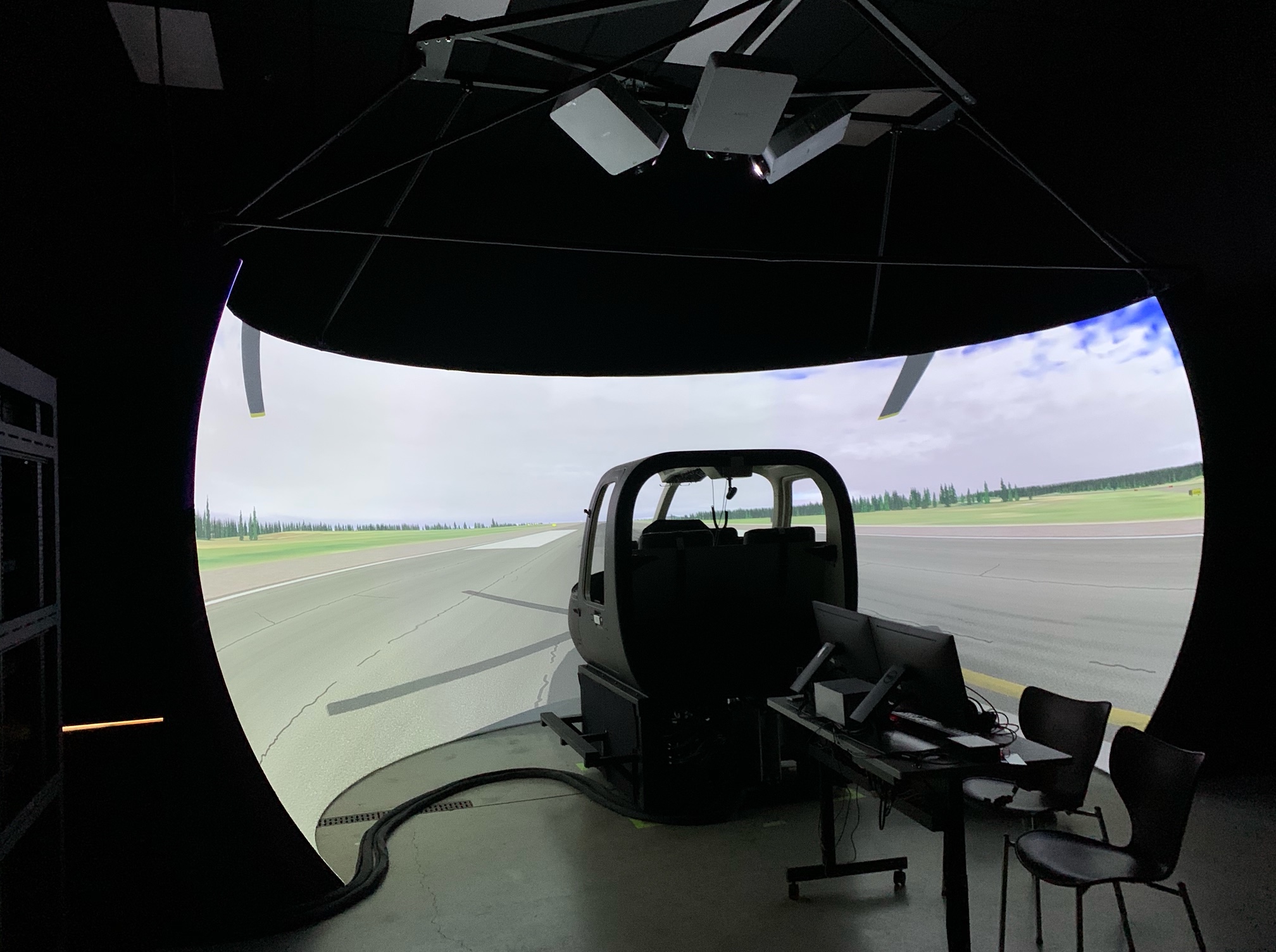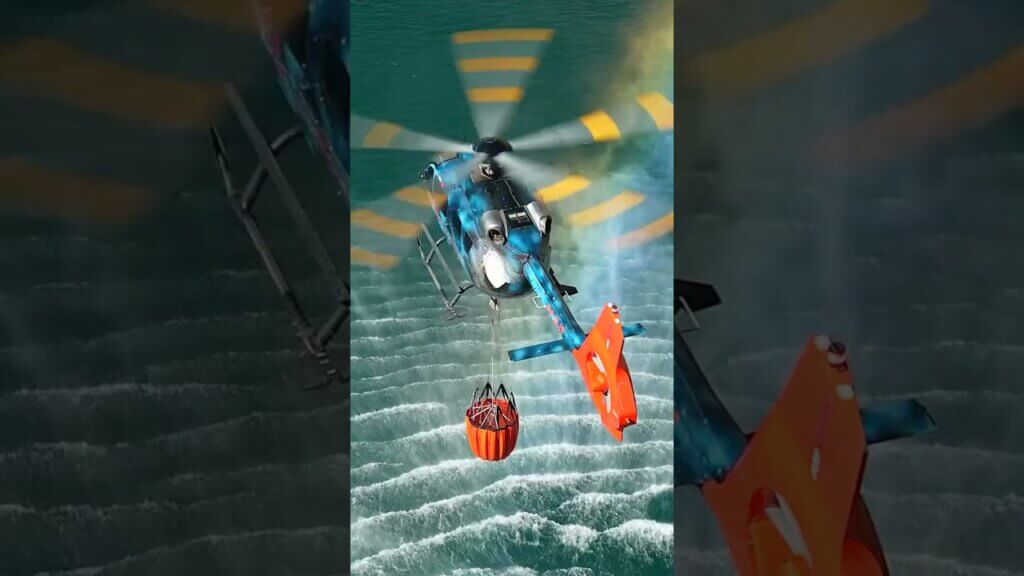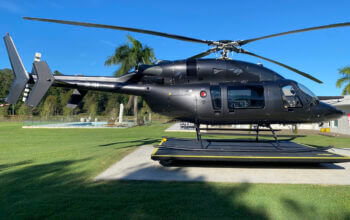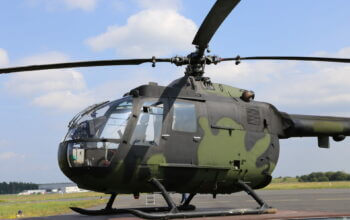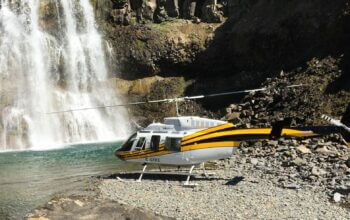Life Flight Network, the largest not-for-profit air medical transport service in the United States, announced significant investment and innovation in its air ambulance fleet and pilot training program. Specifically, Life Flight Network has added four new Bell 429 helicopters to its fleet, bringing unparalleled capabilities to communities in the region. As the most technologically advanced civilian EMS helicopter in the Pacific Northwest, the Bell 429 can fly in the challenging weather conditions common to the area. It also features the largest cabin of any civilian EMS helicopter in the region with more room for patient care; and high visibility exterior lighting for safer patient boarding at night. In addition to the Bell 429s, Life Flight Network also announced today it has brought online a Frasca flight simulator after a year of development to augment its rigorous training program.
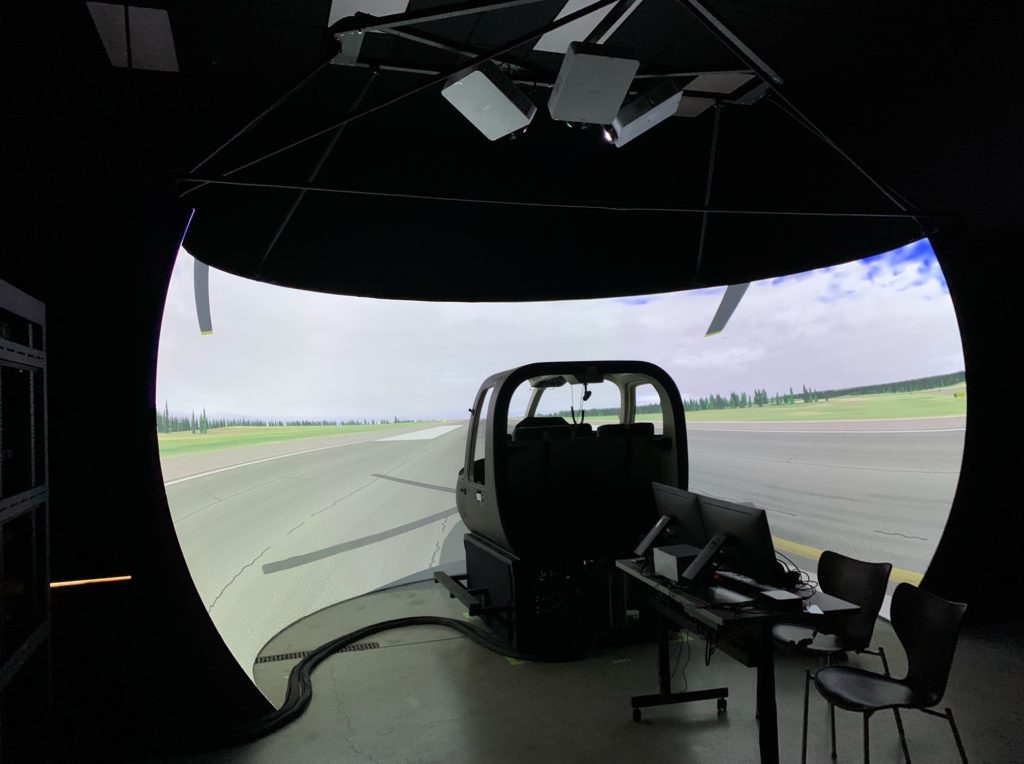
“Life Flight Network is thrilled to announce these new lifesaving capabilities,” said Michael Griffiths, Chief Executive Officer, Life Flight Network. “As a not-for-profit air and ground ambulance provider, we reinvest in safety and access to care for the communities we serve, rather than returning profits to shareholders. For more than 43 years throughout the Pacific Northwest and Intermountain West, we’ve placed lifesaving air ambulance resources in rural communities where they’re needed most.”
A safe, spacious mobile ICU
Life Flight Network’s $34 million investment in four new Bell 429s reflects its longstanding commitment to safety and quality care. The Bell 429 is among the fastest and most technologically advanced EMS helicopters on the market. As an Instrument Flight Rules (IFR) certified helicopter, the Bell 429 allows safe operation in a wide range of challenging weather conditions, including heavy rain, high wind, and low visibility. IFR flight is utilized extensively by commercial airlines and allows pilots to safely navigate poor weather conditions by relying solely on their cockpit instrumentation. Life Flight Network’s new Bell 429s come equipped with various safety enhancements, including a four-axis autopilot, which increases its IFR capabilities. They feature a spacious cabin large enough to provide unencumbered, full-body access to the patient. Life Flight Network worked closely with the manufacturer on the design of the medical interior. These added capabilities, particularly in the Pacific Northwest, allow Life Flight Network to safely and quickly get patients the lifesaving care they need.
“Our crews are dispatched in any number of challenging conditions,” said Dominic Pomponio, Life Flight Network Regional Vice President. “Our investment in the Bell 429s gives Life Flight Network the best-in-market capabilities to safely and quickly respond to emergencies, even with the challenging weather conditions in the Pacific Northwest.”
Every Life Flight Network aircraft is equipped to operate as a mobile intensive care unit (ICU) with leading-edge medical equipment such as video laryngoscopes, ICU ventilators, and blood products, allowing specialized critical care treatment during transport. Life Flight Network aircraft are staffed with a Flight Registered Nurse, Flight Paramedic, and highly skilled EMS pilot. Its bases operate 24 hours a day, seven days a week.
New flight simulator enhances safety
Under development for more than a year, Life Flight Network has brought online a Frasca flight simulator to augment its rigorous pilot training program. Life Flight Network’s simulator lab contains a state-of-the-art simulator and enough space for pilots to prepare for and analyze their flights. Built specifically for Life Flight Network, the new simulator allows pilots to practice maneuvers and scenarios that cannot be practiced in live aircraft training. Additionally, Life Flight Network is leading the industry by providing medical crews with the ability to “ride-along” in the simulator and experience real-world examples of in-flight hazards and weather.
“We are committed to ensuring the safety of our patients and crews,” said Griffiths. “The new simulator expands our training program and gives our pilots invaluable practice at safely handling even the most challenging situations and weather conditions.”
The simulator is customized for Life Flight Network’s specific needs and allows for realistic, immersive, and scenario-based training. This world-class resource represents a significant investment and will allow pilots to practice a host of scenarios that are difficult to simulate in an actual aircraft.
A not-for-profit air ambulance program with a local community impact
As a nationally recognized air medical transport service, Life Flight Network employs close to 700 people across its bases serving the Pacific Northwest and Intermountain West. Each base contributes more than $1 million annually to the local economy by creating approximately 15 to 20 new jobs.





